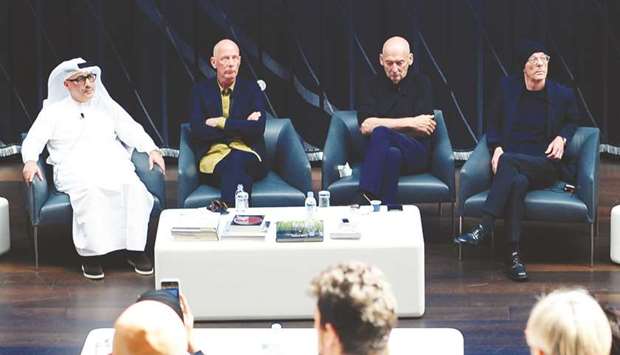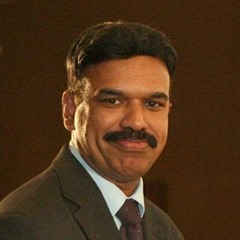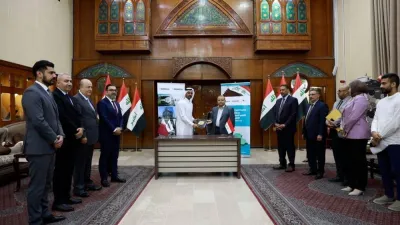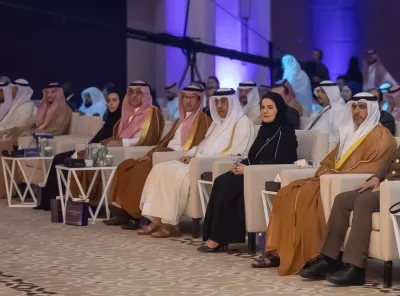Doha is currently the most ambitious and experimental urban centre of architecture in the region and the world, a top architect told Gulf Times yesterday.
“The architectural marvels in the country have been very exceptional and have impacted many including me in a big way,” said Rem Koolhaas, the renowned Dutch architect who designed the iconic Qatar National Library (QNL) building.
He was speaking on the sidelines of a panel discussion, ‘Architecture as Face of a Nation” at QNL, which was attended by Qatar Museums chairperson HE Sheikha Al Mayassa bint Hamad bin Khalifa al-Thani and a number of other dignitaries. “I was able to work with some of the buildings here which could fully develop and realise my ambitions in architecture,” explained Koolhaas.
“Doha as a centre of architecture has some of the most striking buildings in the world. As of now, I cannot recollect any other place with such distinct architectural display of elegant buildings. Doha has an amazing number of
beautiful buildings,” he added.
Earlier, Koolhaas, was joined in the panel discussion by noted French architect Jean Nouvel who designed the National Museum of Qatar, renowned Swiss architect Jacques Herzog, pioneering Qatari architect Ibrahim Jaidah, and Dutch architect Ben van Berkel (founder and principal architect of the architectural practice United Work Studio). Architecture author Philip Jodidio was the moderator.
Speaking about what inspired him to design the National Museum of Qatar in the shape of a desert rose, Jean Nouvel said: “I wanted to give a symbol linked to the eternity of the desert and at the same time to the dynamism and modernism of the Qatar of today. A desert rose is created over millenniums through the sand and the wind, with an intersection of blades in a random and complex system. And when you have this symbol of the desert on such a scale, it becomes something very heroic from a scientific and technical point of view.”
Berkel stated that every place has a specific characteristic, which makes it interesting for architects. “In Doha, for example, the sea meets the land in an interesting way, which helps me as a Dutch architect get a new perspective on design and architecture. Qatar therefore has one of the best settings for architects to be creative and try new ideas,” said Berkel.
Jaidah recalled that early in his career, “identity was defined as what we see of the older buildings around us. By the mid-1990s, we saw a cultural movement and transition in Doha’s architecture. When genius architects started coming, we began to redefine our identity. Now we are redefining our identity and this is the beauty of having such architects working here, which will help our younger architects in many ways,” he noted.
“When we speak about identity, we are always speaking about the vernacular aspect. Qatar has evolved just like any other country. HE Sheikha Mayassa started preserving our modern history along with the old ones such as the Amiri Diwan, the Fire Station, the ministries among others. So our early modern history is a transition that has been well documented,” added Jaidah.

The panellists during the discussion. PICTURE: Ram Chand



